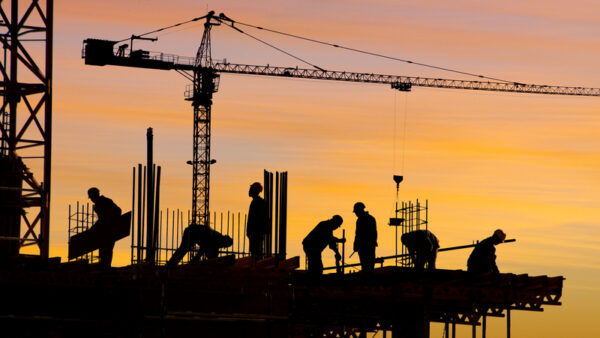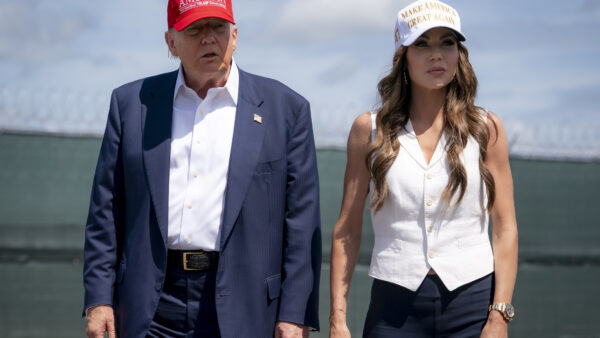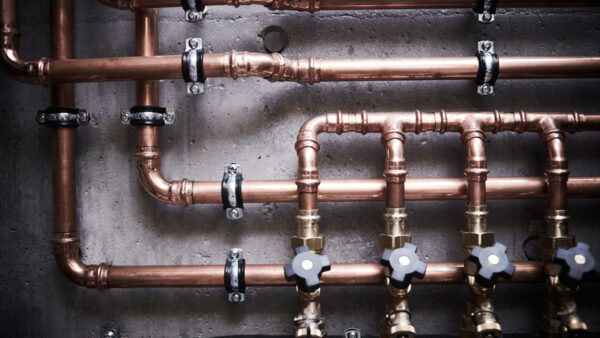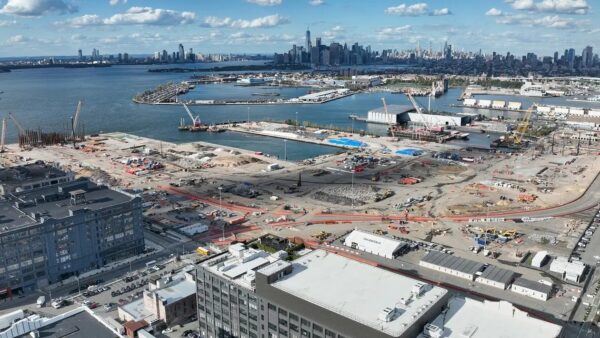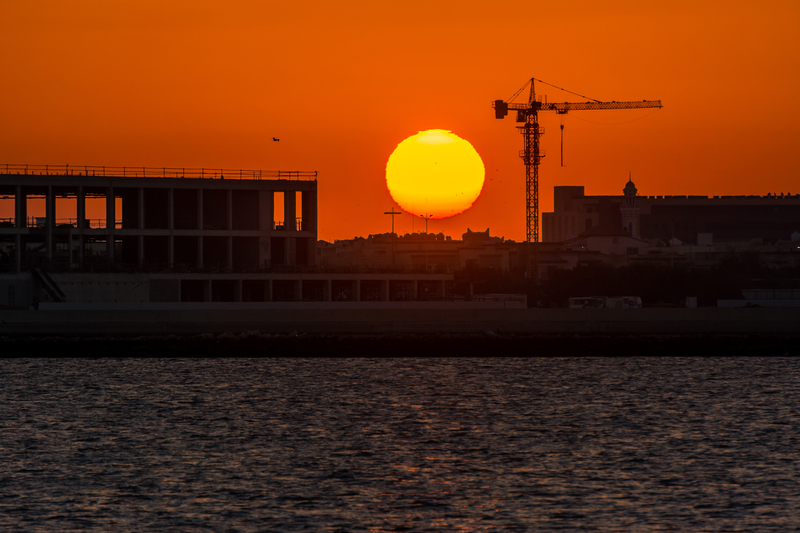
The Middle East never strays far from the global spotlight and it continues to play a pivotal role in shaping the economic landscape, particularly in the energy, finance and construction sectors.
I’ve worked there for over 40 years and still retain oversight of Gleeds’ operations in the region. In that time, I’ve seen the market transform from fledgling ambition to one of the world’s most active construction hubs.
But it is important to begin with a caveat: there is no single “Middle East” market. It’s a patchwork of different economies, each shaped by unique socio-political and economic conditions.
Take Egypt and the UAE, for example. These nations differ not only in scale – the Egyptian population is more than 11 times bigger – but also in the maturity of their construction sectors, funding sources, and investment dynamics.
Qatar faces entirely different challenges than Saudi Arabia does. Dubai operates on a distinct trajectory from its Gulf neighbours, buoyed by a longer-established infrastructure and a more international outlook.
Thirst for growth
Despite these differences, one theme unites the region’s markets: their insatiable appetite for development.
In Egypt, we’re seeing sustained inward investment in residential and mixed-use projects. Activity there is at a two-decade peak. Driven by population growth and demand for housing and infrastructure, construction is booming across major cities.
In the UAE, and Dubai in particular, the momentum is equally relentless. I recently visited the Dubai Hills district where Emaar alone are developing 30 to 40 large-scale construction projects concurrently. The Palm Jumeirah and other big masterplanned developments are seeing fresh waves of construction on the remaining plots, all financed off-plan, many selling out within days, if not hours, of launch.
Dubai has also started building the $30bn Al Maktoum International Airport. Real estate capital is flowing in from India, UK, Russia, China, and Saudi Arabia – evidence that Dubai continues to be seen as a regulated, safe, tax-efficient and politically stable haven for global wealth.
The Saudi recalibration
Saudi Arabia’s ambition is still bold but undergoing recalibration. The initial fervour around Vision 2030, with its giga-projects like Neom and The Line, has given way to a more measured approach. While activity is still high, timelines are being extended, and investment is becoming more focused.
That said, Saudi Arabia remains one of the most exciting markets globally. Labour costs have increased by around 30%, and developers are becoming more discerning, but this is a natural progression in any maturing economy. Investors haven’t stopped spending; they’re just more cautious.
Qatar still in the game
Qatar is still punching above its weight. With the World Cup in the rear-view mirror, the country is shifting to longer-term investments in residential, leisure and entertainment infrastructure.
Its Third National Development Strategy (NDS3) outlines initiatives and reforms to develop its economy sustainably amidst a turbulent and rapidly changing global landscape. In pursuit of the National Vision 2030, Qatar’s government aims to diversify through priority sectors to attract investment and skilled talent. Construction is integral to that.
Conflict and costs
To speak of costs in the shadow of human suffering may seem crass, but it is an unavoidable reality in this industry: geopolitical conflict has direct consequences on construction economics.
The war in Gaza has caused price shocks. In Egypt, diesel supplies have been disrupted, leading to an up-to-50% increase in concrete costs. This hopefully temporary spike has had a cascading effect on project feasibility, tendering processes, and delivery timelines.
Across the Gulf, material price volatility and logistical constraints are becoming more pronounced. Labour markets, particularly in Saudi Arabia, are tightening. Currency fluctuations and shipping delays are affecting procurement schedules. All these factors increase the risk premium for developers, lenders, and contractors.
Global safe haven?
Yet, paradoxically, the Middle East remains a magnet for capital. As Europe and the US continue to impose sanctions on Russia and face rising interest rates and slower growth, the Gulf states offer an attractive alternative – fewer trade restrictions, competitive returns, and relatively low political risk.
That inflow of money is fuelling projects that might not get off the ground elsewhere. Sovereign wealth funds, family offices, and private equity are all part of this story. From luxury towers in Dubai to cultural hubs in Riyadh and new smart cities in Cairo, the Middle East is increasingly shaping the global future of urban development.
So, where are we headed?
The Middle East is not immune to global headwinds, and the Gaza conflict has not just proved disastrous on humanitarian grounds it has also sapped confidence. However, the region’s long-term fundamentals remain strong. Demographics, government policy, international capital flows, and a commitment to diversification all support its continued growth.
For those of us operating on the ground, the key is to remain flexible, realistic, and culturally attuned. This is not a region where one-size-fits-all. Success depends on local knowledge, strong relationships, and a willingness to adapt to rapid change.
In a world where many markets are stalling or shrinking, the Middle East stands out not just for its activity but for its resilience, its ambition, and its drive to keep building, even amidst uncertainty.
- Richard Steer is Chair of Gleeds Worldwide


